Piloting Power BI as a Self-Service Commercial Planning Tool
Driven by a strategic vision to become a truly data-driven organization, the healthcare organization embarked on a journey to establish a robust foundation by migrating its data and integrating business logic into the Snowflake platform.
To empower business users and reap the benefits of its new enhanced data infrastructure, it was imperative to select the BI tool that could support regional business analysts best for conducting both recurring and ad-hoc reports in an easy-to-use self-service setup.
To help the process, we were asked to support in two critical areas; (1) piloting and assessing Power BI with regards to user-friendliness and its compatibility with the technology stack, and (2) providing recommendations for full-scale implementation and required activities.
The Challenge
The foundational setup for guided analytics was already robust, centered around an existing business intelligence tool. Yet, a significant challenge faced by a diverse group of business analysts focused on commercial planning and forecasting was the absence of a robust self-service environment. This gap not only impeded their ability to generate recurring reports efficiently but also made it challenging to perform ad-hoc analyses using diverse data sources seamlessly. Consequently, they heavily relied on gathering data from various sources in the form of flat files and adopted a fragmented, subjective approach to analysis.
For the healthcare organization, this resulted in inefficiencies from duplicated efforts during each business cycle and a heavy reliance on specific individuals due to the lack of standardized approach, processes and tools. This was evident even within teams of analysts dedicated to the same areas, emphasizing the high dependency on individuals.
Meanwhile, despite Power BI being available within the organization, it was never fully implemented with proper user training. Additionally, the technical team had reservations about the performance of using Power BI with Snowflake.
Before committing to a full-scale roll-out of Power BI, the healthcare organization aimed to evaluate its value and challenges from both technical and user standpoints. The goal was to understand the roadmap, as well as potential limitations and challenges for a full-scale implementation.
A Structured Approach
Through a structured and methodical approach, the team set out to assess the value of implementing Power BI as a self-service analytics tool from three perspectives:

DESIRABILITY
Investigating if the solution solves the right pains of the intended users.
FEASIBILITY
Assessing whether the solution is feasible with regard to technological compatibility and organizational capabilities.
VIABILITY
Uncovering if the solution has long term viability if we invest today compared to alternative setups.
The Assessment
The Assessment
STEP 1 | Scoping the Need
To thoroughly understand the requirements for a self-service analytics tool among the intended users, the project teamed up with two selected representatives of the group of business analysts. In collaboration, the key recurring reporting cases were mapped out while supporting data sources were identified along with generally used data sources relevant for ad-hoc analyses.
This step allowed the project to focus the assessment on concrete, real-life reporting cases that users would tackle with Power BI, while also evaluating the quality of the available data. Furthermore, it helped identify the success criteria for using Power BI as a comprehensive BI tool and pinpointed the most crucial capabilities and features needed.

STEP 2 | Assessment – User, Technology & Long-Term Perspective
- User Test
The user test had two main objectives: 1) evaluating the ease of use and desirability of using Power BI for the scoped analytics purposes, and 2) assessing the current capabilities to determine the training needs for a full-scale implementation.

The user tests were designed to iteratively assess users’ capabilities and ease of use across features supporting different stages of the report creation process, from data connection and report creation to collaboration features. The tests were conducted with the two selected representatives, encapsulating the pilot phase to generate insights and learnings for full-scale implementation.
- Technology Assessment
The technology assessment aimed to confirm the feasibility, assessing the technical foundation for adopting Power BI as the self-service BI tool.
The assessment involved reviewing technical documentation and integrations landscape, alongside conducting specific tests on performance, connectivity, and security between Power BI and Snowflake using selected data.
- Long-Term Perspective
To determine if Power BI is a viable solution, the project investigated whether the existing alternative, already offers the necessary features to address users’ pain points on their tech roadmap.
The assessment compared the scoped and tested requirements and features with those of the existing BI tool through expert interviews, to provide an understanding of the benefits and drawbacks of the two alternatives.
The Outcome
Strong User Preference
During user tests, a strong preference was expressed for using Power BI for data access and modeling, underscoring its ability to solve their current challenges and pains effectively.
Technical Compatibility
The assessment confirmed that Power BI seamlessly integrates with key services – but it also highlighted a need to upskill users in certain areas and improve data accessibility through comprehensive documentation and a new serving layer in Snowflake accessible via Power BI.
Inevitable Attention
The pilot demonstrated that Power BI is a leading candidate for self-service analytics, validated by user tests, technology assessment, and expert interviews. However, the pilot emphasized a minimum need to establish a governance model to regulate the use of Power BI, given its ready availability and easy accessibility within the organization.

